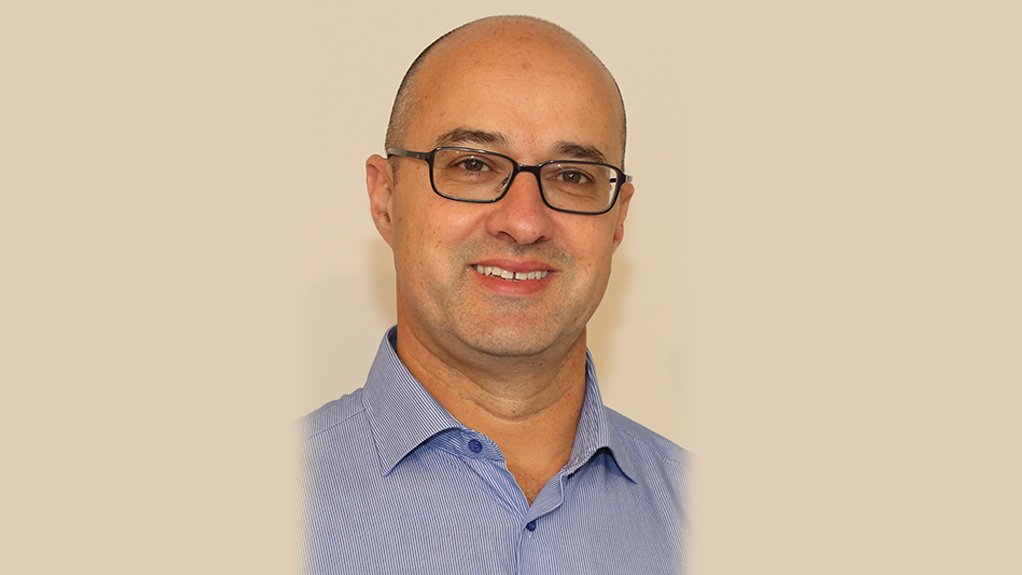Circular economy offers many benefits


BRETT COHEN A circular economy will, amongst other benefits, reduce the amount of raw material used and incorporate more recycled and reused products
The move towards a circular economy model away from the traditional linear approach can assist companies in reducing carbon emissions and other environmental impacts associated with their operations, says sustainability consulting firm The Green House director Brett Cohen.
“A circular economy will, among other benefits, reduce the amount of raw material used and incorporate more recycled and reused products and/or materials into a company’s operations.”
In a traditional linear economy, Cohen explains, materials flow in a line – they are taken from the earth, made into a functional item, used and the waste goes into landfills. However, a circular economy aims to return materials to the economy as reusable inputs into new products. This will ideally be done using renewable energy sources.
When end-of-life products are reused or recycled, the amount of waste is minimised in landfills. Companies save on manufacturing costs while reducing their carbon emissions.
Cohen mentions that although the circular economy is not supported by legislation in South Africa, there have been various initiatives towards supporting the move to a circular economy.
One such initiative is the establishment of Industrial Symbiosis Programmes, which aim to support the reuse or recycling of unused or residual resources rather than wasting them. Through an exchange, material, energy, water, unused assets, and even logistics and expertise of one company are supplied to another company that will use it, thereby increasing the resource efficiency.
There are currently three such programmes in Gauteng, KwaZulu-Natal and the Western Cape.
Another example of an initiative made towards a circular economy is the work done by agricultural and biotechnology company AgriProtein, says Cohen.
AgriProtein uses fly larvae to convert food waste into sustainable products, including an alternative protein for use in livestock and aquaculture feed, natural oil for use in animal feed, and an organic soil enhancer.
The Green House offers clients a range of sustainability-related consulting services. One such service is life-cycle assessments, that reveal and quantify environmental impacts and resource use along the complete supply chain of a product or service, explains Cohen.
A life-cycle assessment covers the supply of raw materials, manufacturing, distribution, use and end-of-life management.
Life-cycle assessments consider all potential impacts of a product or service, including its carbon footprint, water scarcity footprint, human health damage, ecosystem impacts and resource use.
“We have also been engaged by several clients to help them fully understand the implications of climate policy and the regulations for their organisation’s system,” he points out.
Through this work, The Green House has developed an understanding of the carbon tax. The company offers advisory services to clients on the risks and implications of the tax on their operations, as well as preparing their greenhouse gas reporting information to align with regulatory requirements and calculating their tax liability.
He concludes by observing that certain policies will help to drive the changes required in industry, However, the private sector need not wait for policy certainty from government but should rather use the initiatives already in place, to provide them with a competitive edge in the market.
Article Enquiry
Email Article
Save Article
Feedback
To advertise email advertising@creamermedia.co.za or click here
Comments
Announcements
What's On
Subscribe to improve your user experience...
Option 1 (equivalent of R125 a month):
Receive a weekly copy of Creamer Media's Engineering News & Mining Weekly magazine
(print copy for those in South Africa and e-magazine for those outside of South Africa)
Receive daily email newsletters
Access to full search results
Access archive of magazine back copies
Access to Projects in Progress
Access to ONE Research Report of your choice in PDF format
Option 2 (equivalent of R375 a month):
All benefits from Option 1
PLUS
Access to Creamer Media's Research Channel Africa for ALL Research Reports, in PDF format, on various industrial and mining sectors
including Electricity; Water; Energy Transition; Hydrogen; Roads, Rail and Ports; Coal; Gold; Platinum; Battery Metals; etc.
Already a subscriber?
Forgotten your password?
Receive weekly copy of Creamer Media's Engineering News & Mining Weekly magazine (print copy for those in South Africa and e-magazine for those outside of South Africa)
➕
Recieve daily email newsletters
➕
Access to full search results
➕
Access archive of magazine back copies
➕
Access to Projects in Progress
➕
Access to ONE Research Report of your choice in PDF format
RESEARCH CHANNEL AFRICA
R4500 (equivalent of R375 a month)
SUBSCRIBEAll benefits from Option 1
➕
Access to Creamer Media's Research Channel Africa for ALL Research Reports on various industrial and mining sectors, in PDF format, including on:
Electricity
➕
Water
➕
Energy Transition
➕
Hydrogen
➕
Roads, Rail and Ports
➕
Coal
➕
Gold
➕
Platinum
➕
Battery Metals
➕
etc.
Receive all benefits from Option 1 or Option 2 delivered to numerous people at your company
➕
Multiple User names and Passwords for simultaneous log-ins
➕
Intranet integration access to all in your organisation


















